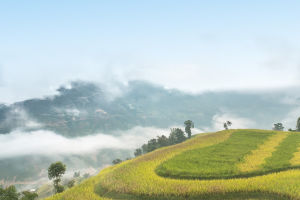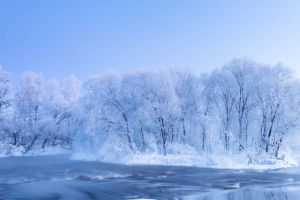Vietnam is a country located in Southeast Asia, with a population of over 97 million people.
It is a diverse and culturally rich country, known for its beautiful natural landscapes, delicious cuisine, and complex history.
Vietnam has a rich and diverse culture, which is influenced by its history and geography.
Its traditional music, art, and literature are highly valued, and it is also known for its traditional festivals, such as the Tet (Lunar New Year) and the Mid-Autumn Festival.
Vietnam is a popular tourist destination, known for its beautiful natural landscapes, historical sites, and delicious food.
Some of its most popular tourist attractions include Ha Long Bay, Hoi An Ancient Town, and the Cu Chi Tunnels.
Vietnam has a diverse and beautiful natural landscape, from mountains and forests to beaches and coastal wetlands.
1. Mountains: Vietnam is home to several mountain ranges, including the Hoang Lien Son Range in the north and the Annamite Range in the central region.
These mountains are covered in lush forests and are home to a variety of wildlife, including tigers, elephants, and rare primates such as the black-shanked douc.
2. Rivers: Vietnam is crisscrossed by several major rivers, including the Mekong, Red River, and Perfume River.
These rivers are important sources of water for agriculture and industry and provide a habitat for a variety of aquatic species, such as fish, turtles, and river dolphins.
3. Forests: Vietnam is home to several types of forests, including tropical rainforests, monsoon forests, and mangrove forests.
These forests provide important habitats for a variety of species, including endangered animals such as the Javan rhinoceros and the saola.
4. Beaches: Vietnam has a long coastline that stretches over 3,000 kilometers, and is home to several beautiful beaches, such as Ha Long Bay, Nha Trang, and Phu Quoc Island.
These beaches are popular destinations for swimming, snorkeling, and diving, and are surrounded by coral reefs and marine life.
5. Wetlands: Vietnam is home to several important wetlands, such as the Mekong Delta and the Red River Delta.
These wetlands provide important habitats for migratory birds, such as cranes and storks, and are also important for agriculture and aquaculture.
6. Caves: Vietnam has several large and spectacular caves, such as Son Doong Cave and Hang En Cave.
These caves are home to unique ecosystems, including underground rivers and rare species of animals and plants.
Overall, Vietnam's natural landscape is diverse and unique and provides a habitat for a wide variety of species. It is an important part of the country's culture and heritage and is also an important source of natural resources and tourism revenue.


